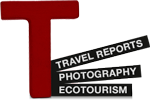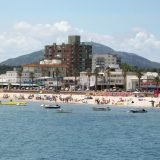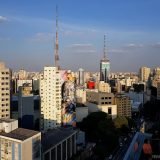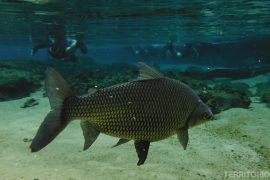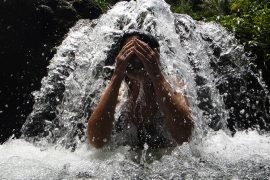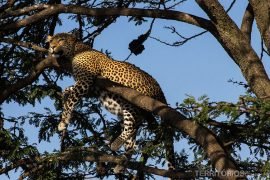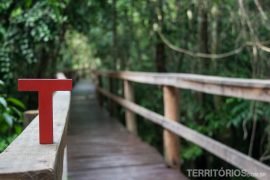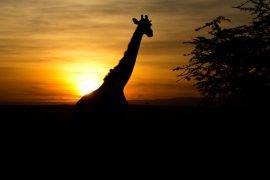Pantanal Photo Safari has been automatically translated. Click here to view the original Portuguese version.
Pantanal is the national place to closely observe birds, cats, mammals, fish, and reptiles. The largest wetland on the planet is the natural habitat of several local species besides migratory species; It is located in Brazil and has over 80% of native vegetation. I spent a day at San Francisco Farm for a photo safari, birdwatching and a cottage trip. In the next paragraphs, I’ll tell you how it went there and show what I saw over there.
The text continues after the recommended services at the destination.

Pantanal Photo Safari
From Bonito, 162 km away, I got off the road to the northwest of Mato Grosso do Sul and arrived in time to register the breakfast served to the toucans, macaws, parrots, and cardinals at the farm entrance. This was the meeting place for those who had scheduled the first ride, and we soon set off for the photo safari in passenger-friendly, open trucks for easy registration.






For three hours we ride between rice fields, cattle breeding, and rivers in order to observe Pantanal fauna and flora. A trained-eye guide finded the animals and point us out telling us curiosities as the car stopped to take pictures. In the beginning, there was the famous tuiuiú bird, kingfisher, owl, heron, capivara and the alligator. When the guide stopped very close and still moved the animal to show his teeth.
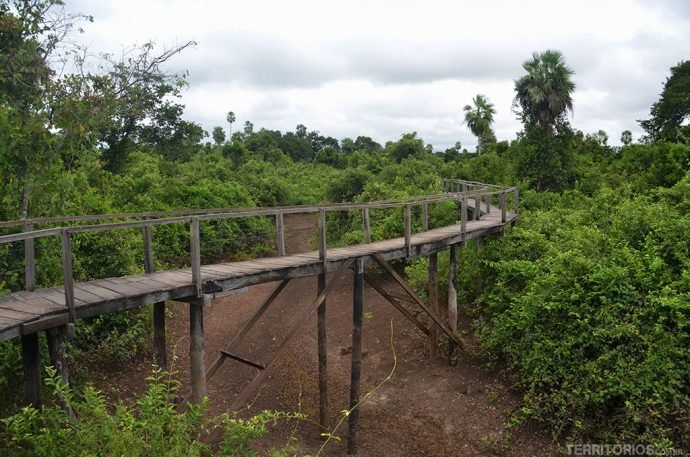

Halfway down we went to do the Carandá Trail for twenty minutes, path suspended by the riparian forest of the Miranda River, which was dry despite the rainy season. This windless moment was suffered because I made a serious mistake of wearing black and not put repellent on my clothing. During the day mosquitoes look for black color, smell fresh blood, and they have the power to pierce tissues! The result was a good deal of my body covered with acorns and an annoying itch that lasted a few days.
Unfortunately, we were not lucky enough to see deer, jaguar, and other felines because the likelihood of encountering wild cats is much higher in the night safari. Option for those planning to spend the night at the farm and it was not my case. But It’s on the list for an upcoming trip.
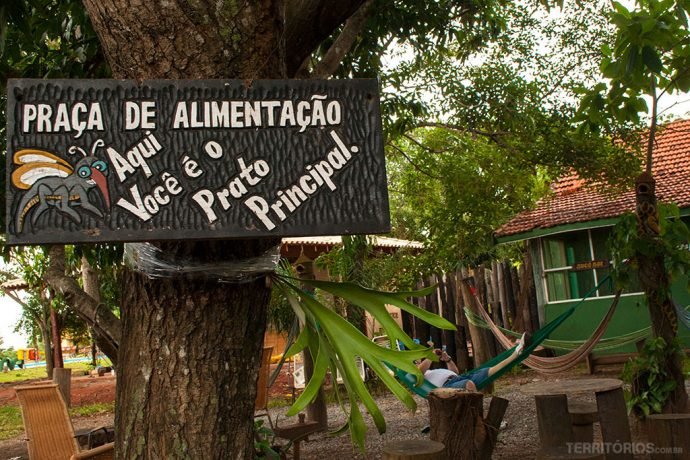
The Chalana Tour
In the afternoon there was a Pantanal lunch at the headquarters, resting in the hammocks and three hours in Chalana do Corixo (river arm) São Domingos entitled to Piranhas Artisanal Fishing. Another good opportunity to spot birds, after all, they follow the boat and seem to know that we are going fishing. Biguás, carcarás and jaçanãs birds approach shyly, but herons and hawks do an exhibitionism show motivating a flood of clicks all the way.
Regarding the fish fishing, I found the killing totally unnecessary. First of all, I have no patience to wait for the hook to be hooked, I did not like to see the animals agonizing in the bucket and found the broth very bland (prepared with those same piranhas at the end of the tour). It was only time to take the pictures of the huge alligators attacking the piranhas on our poles. But the guide could have fished a couple to show, give to the alligators and that’s it.
Take note: Photo safari in Brazil
Never wear dark clothing during the day or light clothing at night to avoid mosquito bait. Take it in your bag and abuse the repellent, rub it on your skin and over your clothes as often as necessary. Even protected I recommend taking an ointment to relieve mosquito bites. I can’t remember anywhere else with more insects than the Pantanal, get ready!
Activities at São Francisco Farm should be scheduled with tourism agencies or at the reception for those staying there, no use arriving on time. At least on this day, I saw people not being able to buy the tours because they had not booked before.
When to go: The region has two well-defined seasons: drought and rain. All I showed was in the rainy season. In a drought the likelihood of encountering animals increases. It happens from April to September.
Read the guide that helps you plan your trip to Bonito.

© All rights reserved. Pictures and report 100% originals.



Photos by Roberta Martins and Leandro Gabrieli.
